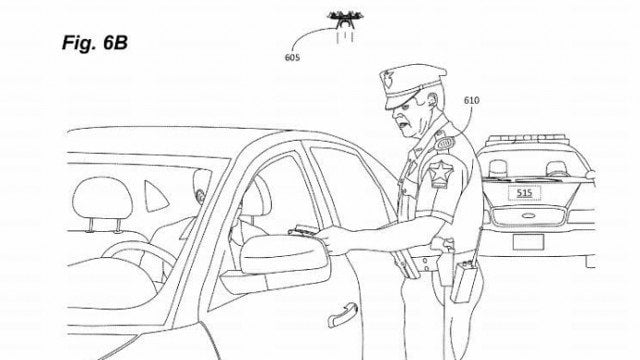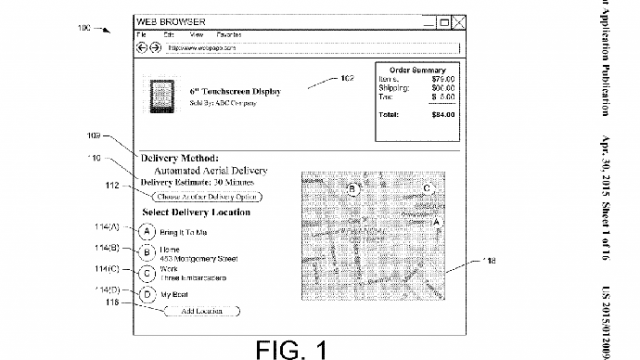Biometrics applications can now be fitted to drones

Amazon’s filing of a patent on voice-control “pocket drone” technology demonstrates that the company is seeking to develop the work it has done in voice recognition applications and virtual assistant further by bringing it into the unmanned aerial vehicle (UAV) market.
Voice commands for drones have been in development for years. Even in 2010, hobbyists were able to adapt drones to take simple directional commands to navigate pre-mapped areas. Now, basic systems are sold for under $100 online and in stores. And it is possible to modify Amazon Echo through a ground station to deliver commands to commercially sold quadcopters, as demonstrated by a proof-of-concept initiative on hackster.io in February using the Alexa virtual assistant.
Also Read: Screw the tide; you can now surf with a drone
Advances in speech recognition and machine learning technology now make personalised voice commands possible, though getting it down to pick up a single person’s distinct diction is still quite a challenge for many commercial models.

Amazon’s delivery drone patent. Credit: USPTO
Though these are still hobbyist models, developing voice recognition protocols for machines that can carry a few kilograms of weight over several miles would have real applications for Amazon’s delivery drones. It would help automate the process of getting a package from point A to point B, for one, and also help the drone confirm it has reached the right person – a hi-tech version of today’s postal sign upon receipt options.
Amazon has already filed multiple patents for delivery drones. Many of the potential applications for drone use in this regard, though, “are not legally covered” yet, according to Android Headlines, and will depend on US regulators’ decisions in the coming years. Amazon’s newest patent focuses in particular on the public safety aspects of the technology, with the drones having applications in law enforcement, search and rescue, and aiding the handicapped.
Also Read: 6 key developments critical to drone technology
Image recognition for semi-autonomous drone flight is already being worked on. On board facial-recognition technology for drones is also being developed. Researchers from Taiwan’s Academia Sinica concluded out of a 2015 study that, “present [day] face recognition technologies are able to perform adequately on drones” even though there are still several technological hurdles to overcome, including issues with camera angles, cloud computing, and machine learning.
Pairing sounds with images is the next big leap in this field. Amazon’s proposed drone will come with such functions, according to the patent. Biometrics companies such as the STC Group, Smartvid.io, and Facebanx already advertise authentication and viewing services that work with visual and auditory inputs combined.
—
The article Amazon files patent for new drone that both sees and hears you first appeared on Geektime.
Image Credit: USPTO
The post Amazon files patent for new drone that both sees and hears you appeared first on e27.